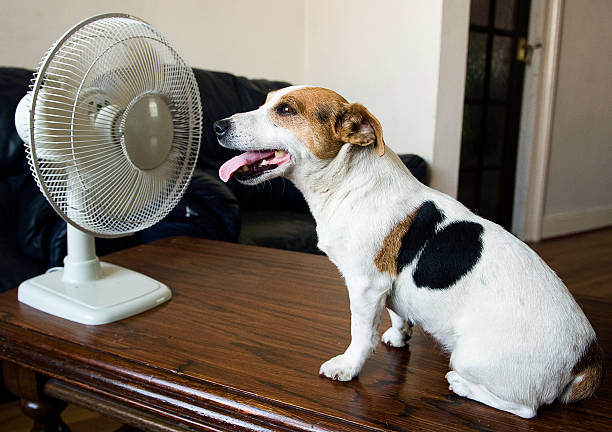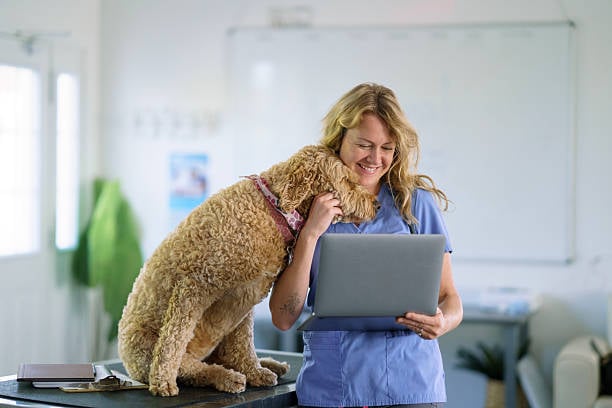As temperatures soar, it’s crucial to keep an eye on our furry friends to ensure they stay hydrated and cool. Dogs are particularly susceptible to dehydration and overheating, which can lead to serious health issues. Here’s how to recognize the signs and take prompt action to keep your dog safe.
Signs of Dehydration
-
Dry Nose and Gums: A healthy dog’s nose and gums should be moist. If they are dry or sticky, this could be an early sign of dehydration.
-
Lethargy: Dehydrated dogs often become lethargic and lack the usual energy. If your dog seems unusually tired or unwilling to move, dehydration could be the cause.
-
Loss of Skin Elasticity: You can check for dehydration by gently pinching the skin at the back of your dog’s neck. In a well-hydrated dog, the skin will quickly return to its normal position. Slow or delayed return indicates dehydration.
-
Sunken Eyes: Dehydration can cause a dog’s eyes to appear sunken or dull.
-
Dark Urine: A dehydrated dog may produce less urine, which can be darker than usual.

Signs of Overheating
-
Excessive Panting: While panting is normal for dogs, excessive or rapid panting, especially when not accompanied by exercise, is a key sign of overheating.
-
Drooling: Overheating can cause excessive drooling, which may be thicker and stickier than usual.
-
Red or Pale Gums: Check your dog’s gums. If they are unusually red or pale, this could indicate overheating.
-
Rapid Heartbeat: An elevated heart rate is another sign of overheating. You can check your dog’s heartbeat by placing your hand on their chest.
-
Vomiting and Diarrhea: Overheating can cause gastrointestinal upset, leading to vomiting or diarrhea.
-
Collapse or Staggering: Severe overheating can lead to heat stroke, causing your dog to collapse or stagger. This is a medical emergency requiring immediate veterinary attention.

Preventive Measures
-
Hydration: Always ensure your dog has access to fresh, clean water. Consider carrying a portable water bowl during walks.
-
Shade and Shelter: Provide shaded areas where your dog can escape the heat. Avoid leaving your dog outside for extended periods during peak temperatures.
-
Avoid Peak Heat: Walk your dog during cooler parts of the day, such as early morning or late evening.
-
Cool Down: Provide cool, wet towels for your dog to lie on, or use a kiddie pool for them to splash in.
-
Never Leave in a Hot Car: Never leave your dog in a parked car, even for a short time, as temperatures can quickly become lethal.

What to Do If You Notice Symptoms
If you notice signs of dehydration or overheating, act quickly:
-
Move to a Cool Area: Immediately move your dog to a shaded or air-conditioned area.
-
Hydrate: Offer small amounts of water. Avoid letting your dog drink too much too quickly, as this can cause vomiting.
-
Cool Down: Use cool (not cold) water to wet your dog’s body. Focus on their paws, belly, and groin area. Avoid using ice-cold water, which can cause shock.
-
Seek Veterinary Care: If symptoms are severe or persist, contact your veterinarian immediately. Quick action can prevent serious health consequences.

By recognizing the signs of dehydration and overheating, and taking preventive measures, you can help ensure your dog stays healthy and comfortable during the hot summer months.
Subscribe to the Gingr Blog






